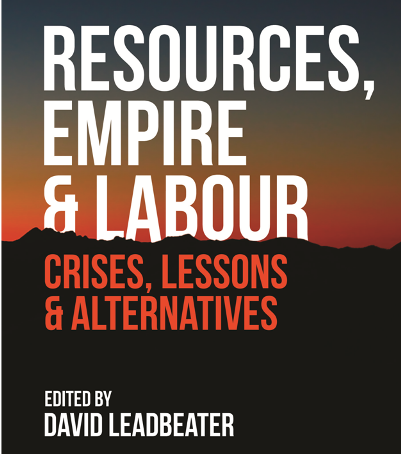The Globe and Mail is Canada’s national newspaper with the second largest broadsheet circulation in the country. It has enormous influence on Canada’s political and business elite.
Canada’s Lundin Mining Corp. has agreed to buy a Freeport-McMoRan Inc. copper mine for $1.8-billion (U.S.), a move that will double its production as the red metal slumps on fears of weaker Chinese demand.
Lundin’s deal to acquire 80 per cent of Freeport’s Candelaria mining complex in Chile comes at a rocky time in the mining industry. Mining giants such as Phoenix-based Freeport are trying to divest assets to pay down hefty debt loads incurred during the commodity boom.
Meanwhile, economic growth in China, the world’s largest consumer of copper and other commodities, is slowing. And big new copper mines are expected to start producing next year, which will add to an already well-supplied market and likely weigh on prices for some time.
For Lundin, however, the downturn represents a buying opportunity. The base-metals miner will fund the deal through debt and an equity financing.
Toronto-based mining royalty company Franco-Nevada Corp. will help finance the deal by paying Lundin $648-million for a stream of Candelaria’s future gold and silver production. The Candelaria complex includes an open-pit copper mine, infrastructure and the nearby Ojos del Salado underground copper mines.
























